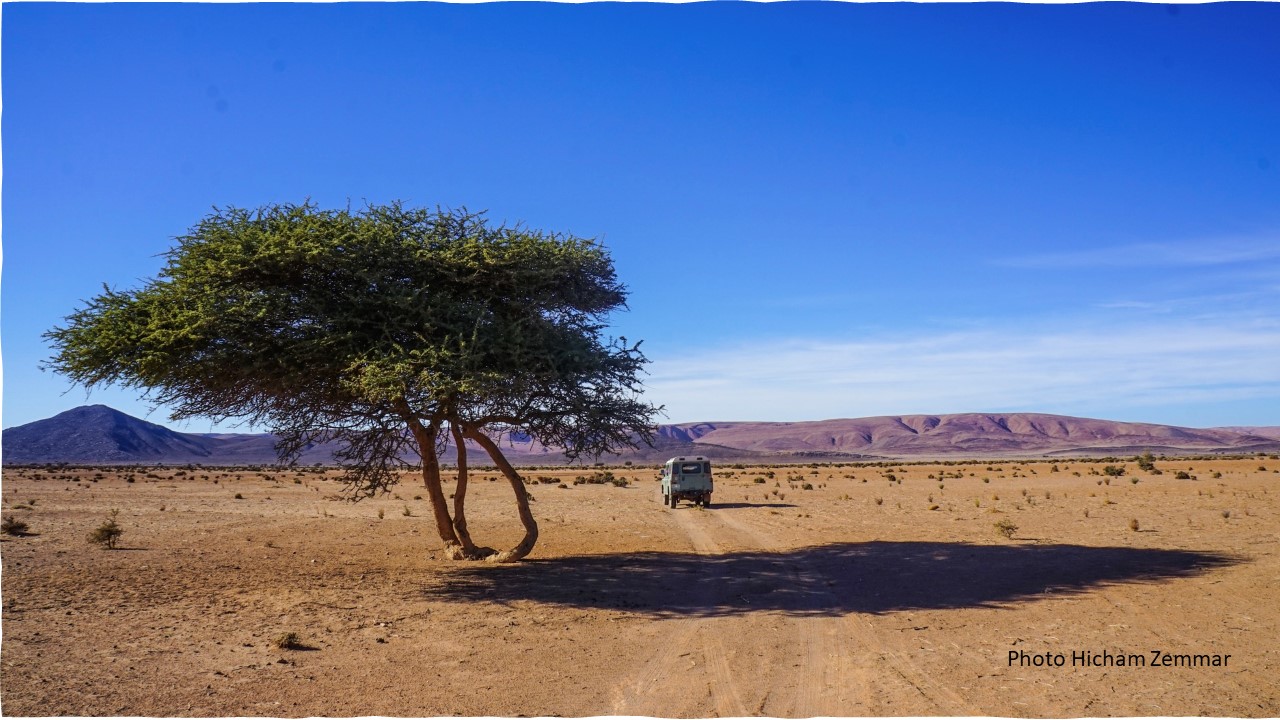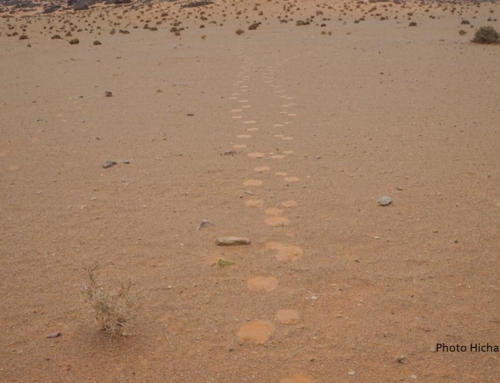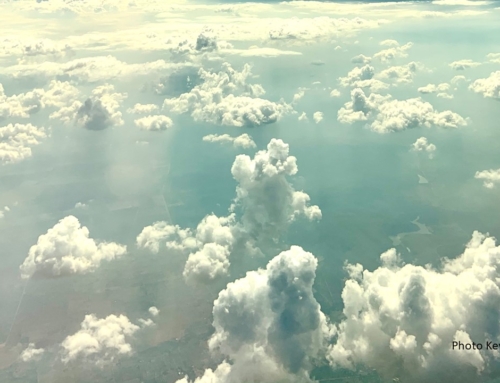
Have you ever been accused of daydreaming?
I have many times in my life. What about you? I believe, depending on your cultural and educational norms, this intuitive and natural practice has been shunned too often and for too long. This practice—this ability—has always been highly undervalued.
In my early years, I remember many times in school, or even at home, when my focus would wander from my real purpose, whether studying a particular course at the direction of my teachers or performing a mundane task my parents had asked me to do. In fact, generally, something I was learning, doing, or sensing at the time was the trigger for me to go wandering into multiple dimensions. I was, more often than not, reprimanded for this, which usually led to much disagreement with those in positions of authority.
Denying ourselves this natural internal journey limits the freedom of our minds—our creativity, imagination, and cognitive flexibility—and can force us into a narrow thinking pattern that creates tight, inflexible thought borders. This is dangerous for the present and the future. We need daydreaming more now than ever with the state of world affairs and Industry 4.0 to encourage consideration and contemplation.
Daydreaming or nomadic wandering?
I would rather call this practice of daydreaming, nomadic wandering.
How do you think all the great creations and innovations came about in technology, art, music, writing, and more? It all started with a process of nomadic wandering: an openness to possibilities, a curiosity, and an exploration of potential, of something better. Nomadic wandering could allow people more purpose and meaning and result in positive forward movement. And anything that offers purpose and meaning is, in my mind, a good thing.
Maasai Mara wandering
When I was wandering around the Maasai Mara with my Maasai brother, Joel, while doing research for my book, The Nomadic Mindset: Never Settle…for Too Long, we talked about the Maasai and their cultural ways and where their culture stands today. We stopped once at a tree, and Joel tore off a branch, chewed the bark off the end of it, and moved it around in his mouth. He said, “This is how we clean our teeth.” So, I tore off a branch and repeated what Joel had done. Then I found myself wandering around inside my mind and body enjoying the sensation and searching for a way to use this as a personal anecdote. Perhaps I could use it as a business opportunity, I thought. After our pause, we continued our nomadic wandering. This wandering like I did with Joel gives you so many thoughts and sensations that encourage you to continue your nomadic wandering.
Here’s what I’m saying: we need to be free to experience nomadic wandering—regularly. This is how we need to live; it is part of our natural existence, and it is interconnected with nature—it’s one of our natural, instinctive ways. Natural, normal, nomadic wandering is about a variety of nomadic qualities such as flexibility, fluid borders, adaptability, agility, freedom, openness, and more. We are all capable of this. Sadly, because of our old, tired, cultural ways; family; and education, workplace wandering and nomading is shunned and even sometimes drained right out of us.
If we are to survive and thrive in Industry 4.0, we must allow this practice to flourish. Then we can tighten its focus and harvest the rewards.
World Forum skills for 2020
In my research with executives, 100% of them told me that what their organisations need more of is people with a nomadic mindset. What, you may say, is that? Batgerel Bat in Mongolia defined it best: it is “the movement of the mind,” a.k.a., nomadic wandering.
If you look at that which has already changed and that which is yet changing—fast and furious—such as artificial intelligence, robots, job losses, original job creation, and more, the World Trade Forum says, “The top three skills needed are complex problem solving, critical thinking, creativity—and in the number 10 spot—cognitive flexibility.” How are you going to acquire those skills? Take another course with inflexible borders? Or go wandering? Or a combination thereof? To be successful and thrive when you’re acquiring these skills, possessing and practicing the qualities that represent nomadic wandering, hence the nomadic mindset, is a paramount essential ingredient.
If this is the case, then how can we encourage more nomading, and what, potentially, does this look like?
Here are 10 big and small ways to encourage nomadic wandering:
- Embrace the practice of nomadic wandering—or daydreaming.
- Encourage children to nomadically wander, then help them harness their thoughts and turn them not only into skills but into a mindset to progress from. Being allowed to play freely to discover on their own is a good way to encourage this.
- Change educational and cultural ways within organisations and school systems so you inspire and encourage this practice. Question and become curious.
- Allow for more flexible working situations, both for yourself and your employees, such as at home, in a coffee shop, in a museum, or wherever it is that one can garner the energy and inspiration that drives nomadic wandering.
- Change the location of the work stations in your office, i.e., allow for wandering within the organisation to stimulate ideas, collaboration, and growing networks.
- For leaders and managers, wander from your office out to all levels of your organisation; take your laptop with you and sit with your employees, chat with others, and do some of your work outside your office and engage with the citizens of the world (your potential customers or clients).
- Develop small working groups so your employees can wander to new ideas: create smaller, more direct innovation hubs within departments or units and smaller teams that can move fast.
- Encourage and seek out internal and external employee movement or migration, e.g., to different departments, to other organisations, or to other countries.
- Find new ways of leading that are more nondirective and coach-like and that promote questioning. This helps remove existing borders around thinking, creativity, and set ways and helps people seek opportunities to grow and learn.
- Encourage failure as a way to nomadically wander, discover, and explore all possibilities.
For nomadic wandering to take hold in organisations or governments, it takes leadership that knows this is vital for survival in Industry 4.0. Some massive potential benefits are happiness, increased productivity, and better performance.
When I left Joel and wrapped up my wandering of the Maasai Mara that day, I realized—yet again—the importance of just wandering physically, mentally, emotionally, and spiritually. I realized it can truly impact my mindset and being.
I went back to my room and found I had left the balcony door slightly open. The monkeys had come in and had ransacked my room. I was annoyed, yes; however, in many ways, they, too, were practicing nomadic wandering to ensure their survival.
Go nomadic wandering today!
Kevin Cottam is a Global Nomad with outposts in Singapore, Vancouver, Lisbon, and Brussels. He is the author of the new leadership book, The Nomadic Mindset: Never Settle…for Too Long and he travels the world as a global keynote speaker and executive leadership coach and trainer on the subject of The Nomadic Mindset.









Leave A Comment